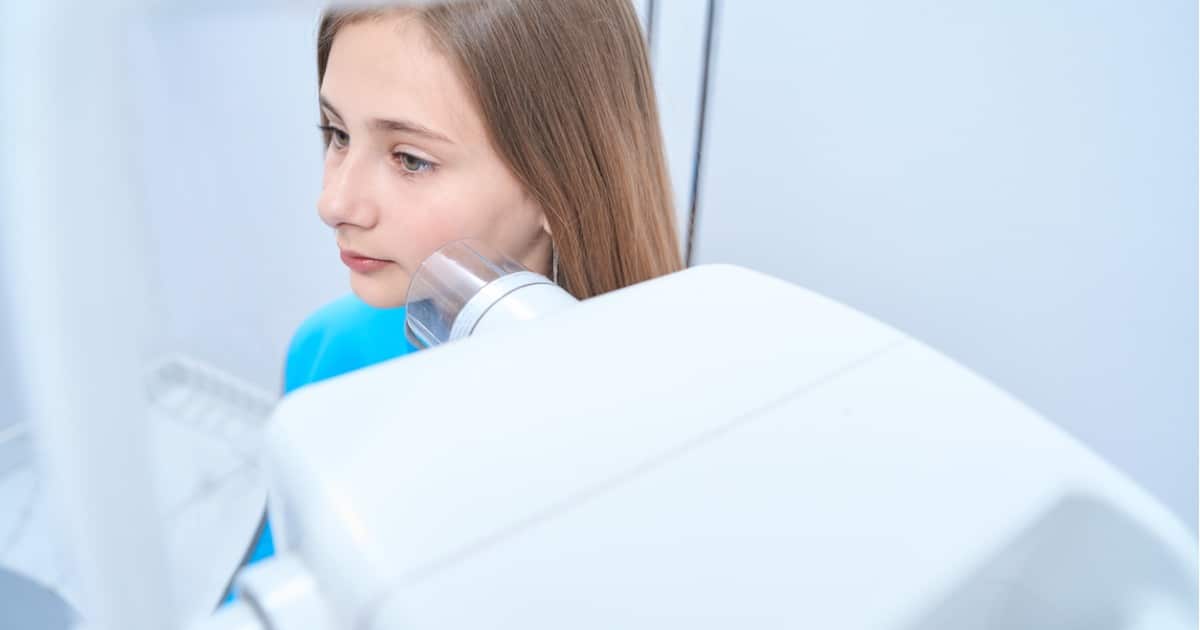Beyond being responsible for taking all necessary precautions to protect patients who are subject to radiation exposure in the dental practice, dentists and X-ray machine registrants must also ensure they are properly documenting occupational exposure to radiation and maintaining those records in anticipation of periodic inspections.
In California, dental offices are to be inspected every five years and may be scheduled for an on-site inspection. Here is what dental offices can expect during an inspection, how to prepare for it and how to keep compliant with radiographic safety regulations.
Mandated self-testing occurs every five years with potential for on-site inspection
Dental offices that are due for an inspection will receive by U.S. mail a small exposure screening device to be used as part of a self-testing program mandated by the California Department of Public Health’s Radiologic Health Branch. After completing the self-inspection, dental offices will return the device along with the completed surveys.
The results of each device’s exposure reading are compared to established standards. Dental offices that return screening devices that show the greatest deviation from the standards will be scheduled for an on-site inspection, as will dental offices that do not return the screening device. Additionally, some offices that return screening devices that show readings within the normal exposure range may be scheduled for on-site inspection for routine quality assurance.
On-site inspectors take measurements, evaluate processing, check safety procedures
The on-site inspector will evaluate compliance with radiation protection laws and regulations, take measurements (kVp, timer, exposure and filtration), evaluate processing and ensure radiation protection procedures are in place, such as placement of required signage and postings and a radiation protection plan.
These required documents include, for example, a current copy of the California Code of Regulations, title 17, incorporated sections of 10 CFR 20, and a copy of operating and emergency procedures applicable to working with sources of radiation. The state and federal regulations are included in the CDA resource Radiation Safety in Dental Practice: A Study Guide.
Inspections also may seek to verify that dental team members who take radiographs have the required certificates or licenses.
Inspectors will recommend corrections for identified deficiencies and, if applicable, will issue a notice of violation that requires the dental office’s response.
Records of occupational exposure to radiation are required
Every dental facility must evaluate whether personnel monitoring for occupational exposure is required.
Records of occupational exposure to radiation can be collected one of two ways: The practice can either hire a health physicist to perform the calculations for the facility or have staff who enter areas near operational X-ray machines wear personnel monitoring devices, known as dosimeters, for a specified period adequate to calculate an annual dose.
Dental facilities have the option to declare that they are not currently monitoring personnel because they have “determined annual exposure to staff is less than 10% of the annual limit” and must have supporting documentation available at the inspection.
More information about the use of dosimeters, including in practices that utilize handheld portable dental X-ray systems, is available in CDA’s Radiation Safety FAQ.
Also, when one or more employees work at other dental practices, employers are expected to gather information on their employees’ radiation exposure from each employer. Dentists can use CDA’s Employee Occupational Exposure to Radiation form to gather and log that exposure information from other employers.
Registration required annually, fees collected every two years
Every piece of radiological equipment or source of radiation in the dental office must be registered with the Radiologic Health Branch. The owner of the equipment is the party responsible for registration. Equipment vendors do not register the equipment on behalf of the equipment’s new owner.
The state collects registration fees for each source of radiation every two years. The current fee for dental X-ray units is $118 per tube, per year; therefore, the equipment owner will pay two years’ worth of fees at the time of fee collection.
The radiation machine owner will use a specific registration form depending on whether 1) they are the owner of a new dental facility (through start-up or purchase), 2) they need to report a sale or purchase of an X-ray machine or a change of address or 3) they need to withdraw the X-ray facility registration – meaning the practice is closing and no longer possesses any previously registered machines or the machines are no longer functional.
Registration can be completed online. RHB has video tutorials to assist practices with first-time registration and registration updates.
Get the complete details on dental radiographic machine requirements, quality assurance and control, required documents and the inspection process in CDA’s study guide. The guide includes a template dentists can use for their required written radiation safety plan.

